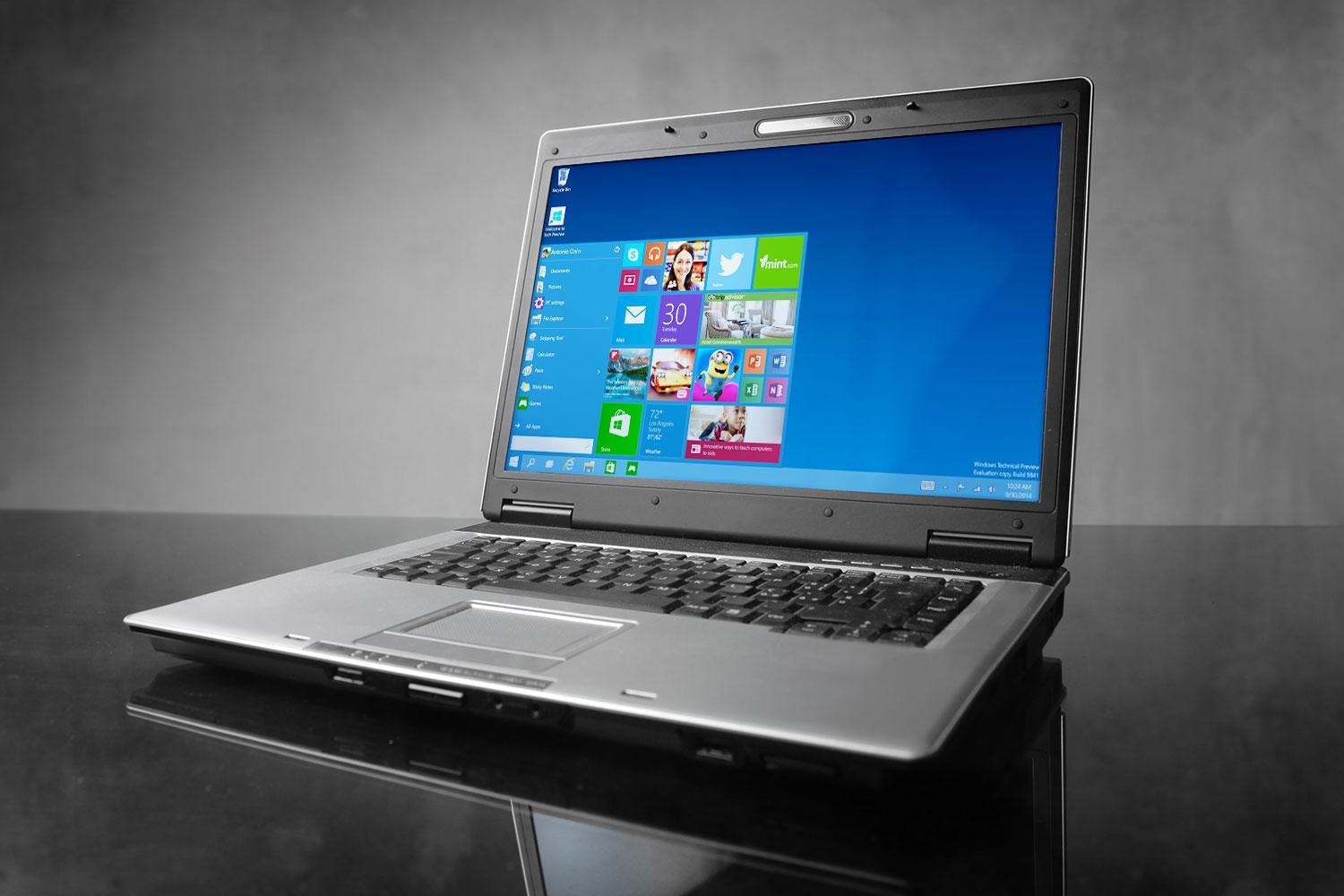Windows PCs are the most popular personal computers used around the world. They are widely used in homes, offices, schools, and various other organizations. However, over time, Windows PCs can become slow, which can be frustrating for users. Slow computers can significantly impact your productivity and ability to get things done. Fortunately, there are a few easy steps you can take to speed up your Windows PC.
Step 1: Remove Unused Programs and Apps
The first step to speed up your Windows PC is to remove all the unused programs and apps. Many users download and install several applications, but they hardly use them. Such applications occupy valuable space on your hard drive, which slows down the overall performance of your computer. Therefore, it’s essential to remove all the programs and apps that you don’t use. Here’s how to do it:
- Go to the Start menu and select the “Settings” option.
- Click on “Apps” and features.
- Select the app or program that you want to remove and click “Uninstall.”
Alternatively, you can use a third-party program uninstaller to remove all the unused programs and apps.
Step 2: Clean Up Your Disk
The second step to speed up your Windows PC is to clean up your disk. Over time, temporary files, system files, and other junk files accumulate on your computer, which can slow down your system. Therefore, it’s essential to clean up your disk regularly to free up some space and boost the overall performance of your computer. Here’s how to do it:
- Go to the Start menu and type “Disk Cleanup” in the search bar.
- Select the disk that you want to clean up and click “OK.”
- The Disk Cleanup tool will scan your disk and display a list of files that you can delete. Select the files you want to delete and click “OK.”
Alternatively, you can use a third-party disk cleanup tool to clean up your disk.
Step 3: Disable Unnecessary Startup Programs
The third step to speed up your Windows PC is to disable all the unnecessary startup programs. When you start your computer, several programs automatically start running in the background. These programs consume valuable resources and slow down the startup process. Therefore, it’s essential to disable all the unnecessary startup programs to speed up your computer’s startup process. Here’s how to do it:
- Go to the Start menu and type “Task Manager” in the search bar.
- Click on “Task Manager” to open it.
- Click on the “Startup” tab.
- Select the program that you want to disable and click “Disable.”
Alternatively, you can use a third-party startup program manager to disable unnecessary startup programs.
Step 4: Increase Virtual Memory
The fourth step to speed up your Windows PC is to increase your virtual memory. Virtual memory is a space on your hard disk that Windows uses as if it were RAM. If your computer is running low on RAM, it can use virtual memory to run applications. However, if the virtual memory is set too low, it can slow down your computer. Therefore, it’s essential to increase your virtual memory to improve your computer’s performance. Here’s how to do it:
- Go to the Start menu and select “Settings.”
- Click on “System” and select “About.”
- Click on “Advanced System Settings.”
- Click on the “Advanced” tab.
- Click on the “Settings” button under the “Performance” section.
- Click on the “Advanced” tab.
- Click on the “Change” button under the “Virtual Memory” section.
- Uncheck the “Automatically manage paging file size for all drives” checkbox.
- Select the drive where you want to increase the virtual memory and click on the “Custom size” radio button
-
- Install updates regularly: Windows updates contain bug fixes and security patches that can improve your computer’s performance and stability. Therefore, it’s essential to install updates regularly.
- Scan for malware and viruses: Malware and viruses can slow down your computer and cause other issues. Therefore, it’s essential to scan your computer regularly for malware and viruses using a reliable antivirus program.
- Defragment your hard disk: Over time, files on your hard disk become fragmented, which can slow down your computer. Therefore, it’s essential to defragment your hard disk regularly to improve your computer’s performance.
- Keep your drivers up to date: Drivers are software that allows your computer’s hardware to communicate with the operating system. Therefore, it’s essential to keep your drivers up to date to ensure your computer’s hardware is running smoothly.Enter the initial and maximum size for the virtual memory and click “Set.”
- Click “OK” to close all the windows.
Alternatively, you can use a third-party virtual memory manager to increase your virtual memory.
Step 5: Perform Regular System Maintenance
The fifth and final step to speed up your Windows PC is to perform regular system maintenance. Regular system maintenance can help you keep your computer running smoothly and efficiently. Here are a few things you can do:
In conclusion, if your Windows PC is running slow, you don’t have to rush out to buy a new one. With a few easy steps, you can speed up your computer and improve its performance. These steps include removing unused programs and apps, cleaning up your disk, disabling unnecessary startup programs, increasing virtual memory, and performing regular system maintenance. By following these steps, you can keep your Windows PC running smoothly and efficiently, which can significantly impact your productivity and ability to get things done.

